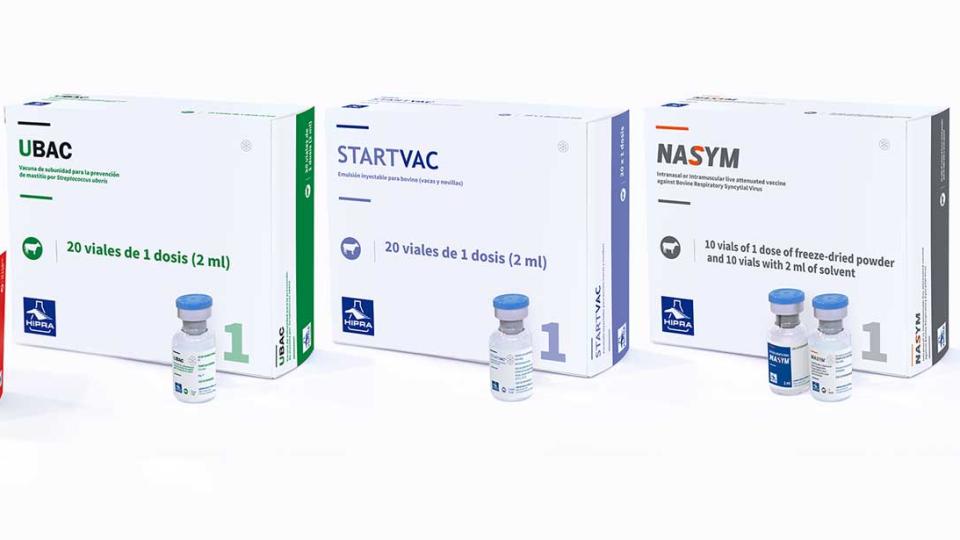AETIOLOGY:
Calicivirus, a haemagglutinating RNA virus, very diffusible and stable in the environment.
TRANSMISSION:
- Direct: secretions and excretions.
- Indirect: fomites and vectors.
CLINICAL SIGNS:
Variable mortality (between 5% and 70%). The course of the disease is a very acute, and a subclinical or chronic evolution of the disease is frequently observed. Symptoms are non-specific, such as anorexia, apathy, nervous and respiratory symptoms. It affects adult and young rabbits.
LESIONS:
Liver degeneration and discoloration, jaundice and splenomegaly. These signs may be accompanied by others more typical of the classical strains, such as bleeding in the internal organs, disseminated intravascular coagulation or epistaxis.
DIAGNOSIS:
- Identification of the causative agent: HA, electron microscopy, sandwich ELISA, RT-PCR, Western blot, immunostaining.
- Serology: IHA and ELISA.
TREATMENT, PREVENTION AND CONTROL:
Biosecurity measures. Inactivated vaccines adjuvanted with mineral oil or aluminium hydroxide.
BIBLIOGRAPHY:
OIE. 2018. Terrestrial Manual, chapter 3.6.2. Rabbit haemorrhagic disease.























